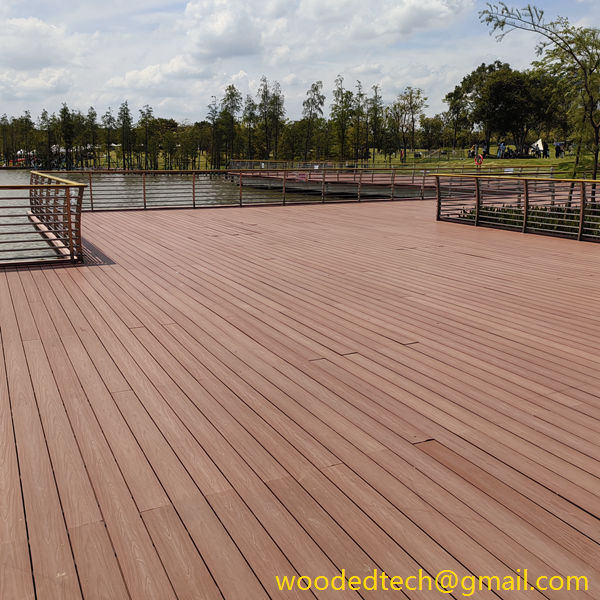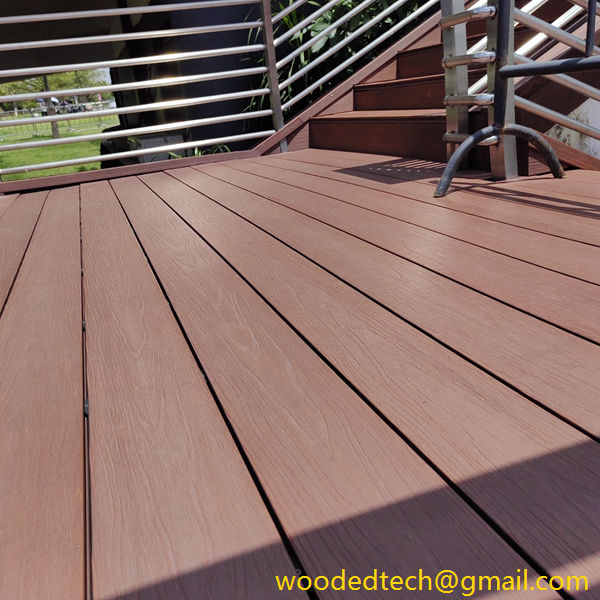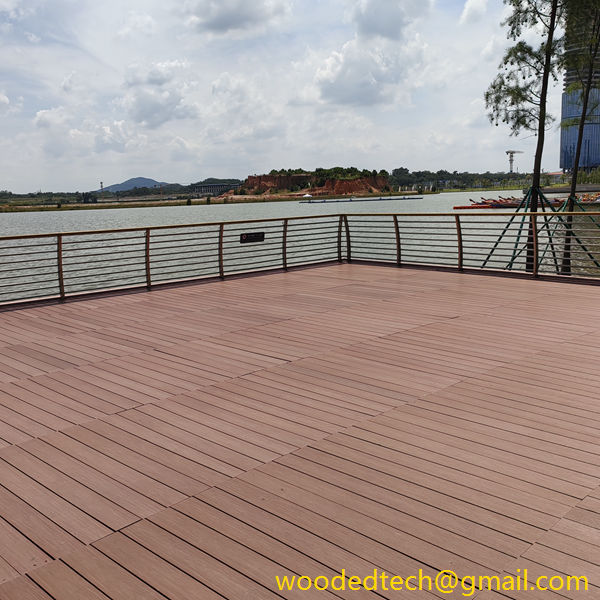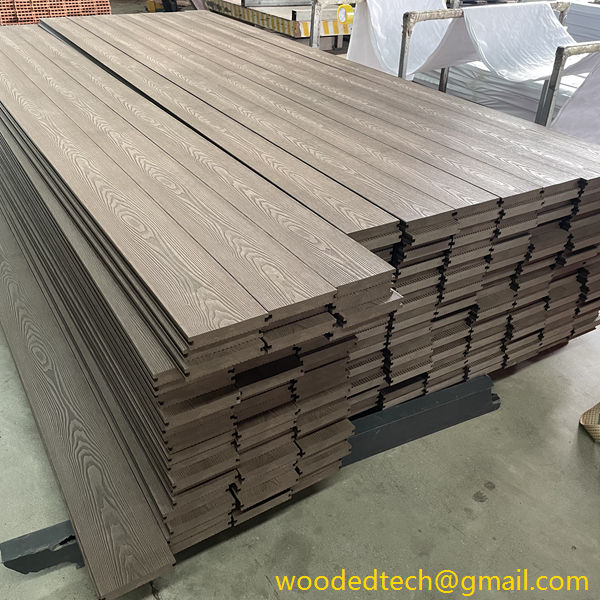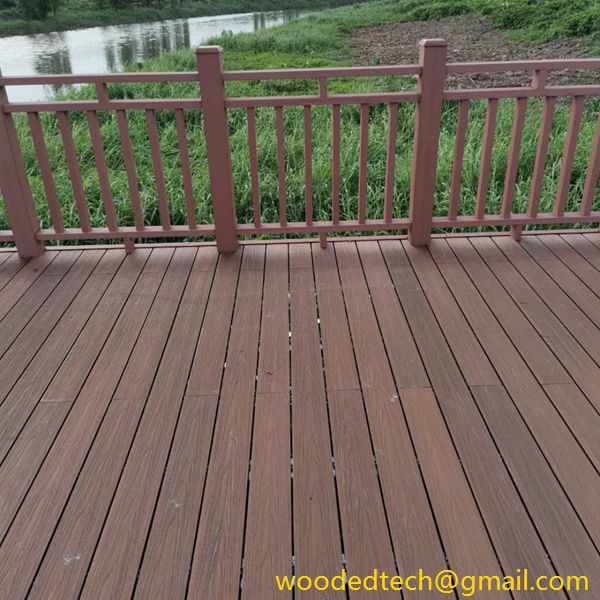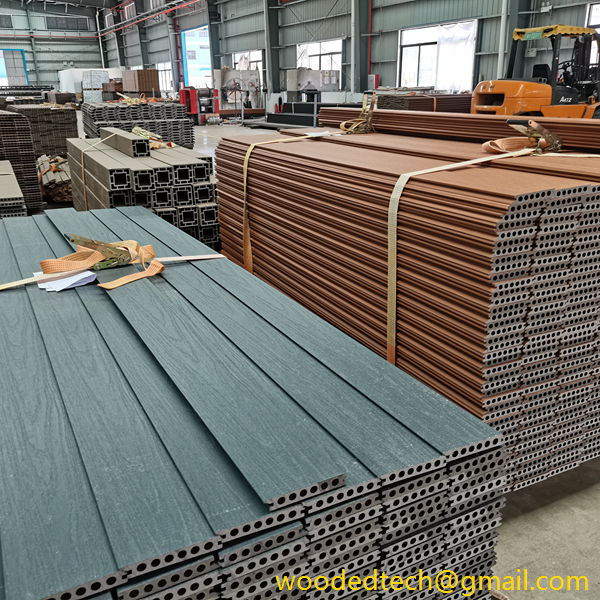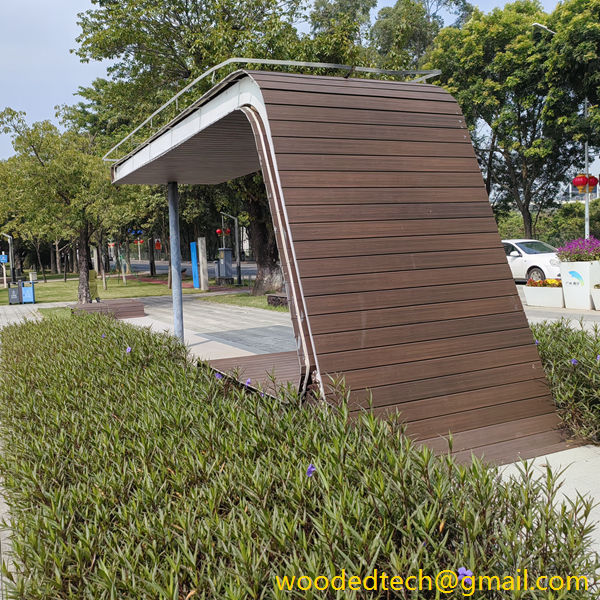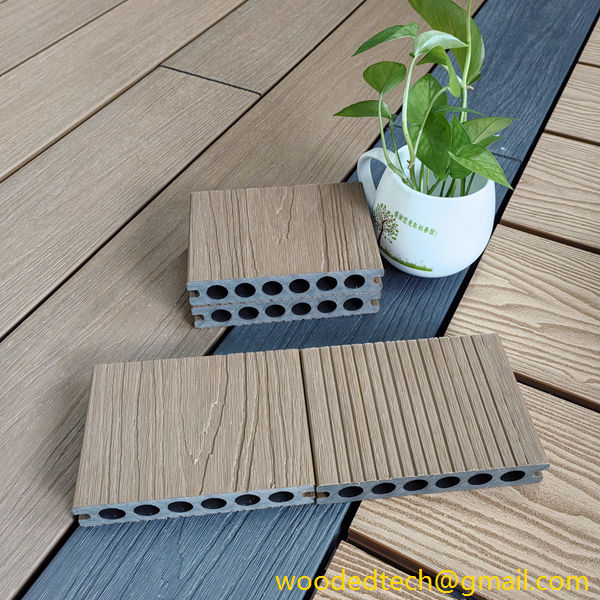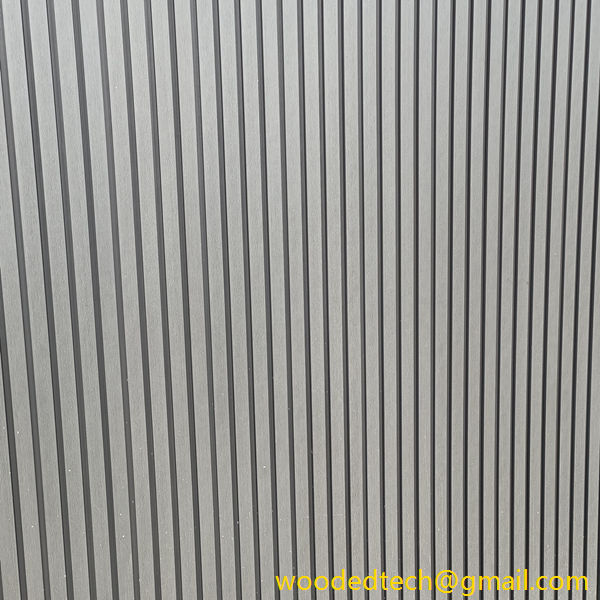Create a Strong Base with Composite Decking 24 Inch Centers for Your Deck
Create a Strong Base with Composite Decking 24 Inch Centers for Your Deck Creating a strong base for your deck is essential for ensuring its longevity and stability. One of the most effective ways to achieve this is by using composite decking materials installed on 24-inch centers. This approach not only enhances the structural integrity…
Create a Strong Base with Composite Decking 24 Inch Centers for Your Deck
Creating a strong base for your deck is essential for ensuring its longevity and stability. One of the most effective ways to achieve this is by using composite decking materials installed on 24-inch centers. This approach not only enhances the structural integrity of the deck but also contributes to its overall aesthetic appeal. In this discussion, we will explore the various aspects of using composite decking on 24-inch centers, including the benefits, installation process, and considerations for selecting the right materials.
Composite decking is a popular choice among homeowners and builders due to its durability, low maintenance needs, and resistance to the elements. Unlike traditional wood decking, which can warp, splinter, and decay over time, composite materials are engineered to withstand harsh weather conditions, insects, and other environmental factors. This resilience makes composite decking an excellent investment for anyone looking to create a long-lasting outdoor space.
When it comes to the structural framework of a deck, the spacing between joists is a critical factor. The standard recommendation for spacing is typically 16 inches on center; however, in certain situations, increasing the spacing to 24 inches can be advantageous. This wider spacing can be particularly beneficial for composite decking because of its inherent strength and stability. By installing the decking on 24-inch centers, builders can reduce the amount of lumber required, ultimately cutting costs while still maintaining a solid foundation.
One of the most significant advantages of using 24-inch centers with composite decking is the reduction in the weight of materials used. When constructing a deck, the weight of the materials can play a crucial role in determining the overall stability and safety of the structure. With composite decking being both lightweight and strong, the 24-inch spacing allows for a more efficient use of materials. This not only makes the building process easier but also reduces the environmental impact by minimizing waste.
In addition to structural benefits, installing composite decking on 24-inch centers can open up a variety of design possibilities. Homeowners often seek unique and aesthetically pleasing deck designs that stand out. By using composite materials, there is a wide array of colors, textures, and finishes available that can complement any home’s exterior. The flexibility in design allows for creative layouts and patterns that can enhance the visual appeal of the outdoor space.
When planning the installation of a deck with composite materials, it is essential to consider the specific instructions provided by the manufacturer. Different brands of composite decking may have varying recommendations regarding spacing, installation techniques, and fastening methods. Following these guidelines ensures that the deck will perform optimally and meet warranty requirements. Additionally, it is important to choose high-quality composite products that are designed to withstand the elements and provide the best performance over time.
The installation process for composite decking on 24-inch centers involves careful planning and execution. First, it is necessary to establish a solid framework using treated lumber or galvanized steel joists. This framework serves as the backbone of the deck and needs to be level and securely anchored to the ground. Once the framework is in place, the composite decking boards can be laid down, ensuring that they are properly spaced according to the manufacturer’s specifications.
Fastening composite decking requires attention to detail as well. Many composite products come with hidden fasteners that create a clean, seamless appearance. These fasteners are designed to hold the boards securely in place while allowing for natural expansion and contraction, which is crucial for maintaining the integrity of the deck over time. When installing on 24-inch centers, it is vital to ensure that the fasteners are evenly distributed to prevent sagging or movement under load.
Another important consideration is the proper drainage and ventilation of the deck. Since composite materials can retain heat, it is crucial to ensure that there is adequate airflow beneath the deck. This can be achieved by maintaining a gap between the decking boards and ensuring that the framework allows for drainage. Proper drainage will not only protect the integrity of the materials but also prevent mold and mildew growth, which can compromise the appearance and safety of the deck.
As with any home improvement project, budgeting is a key factor in the decision-making process. While composite decking may have a higher upfront cost compared to traditional wood options, the long-term savings associated with reduced maintenance, replacement, and repair make it a financially sound investment. Additionally, the enhanced aesthetic appeal and increased property value that come with a well-constructed composite deck can yield significant returns over time.
In summary, creating a strong base with composite decking on 24-inch centers offers numerous benefits, including structural integrity, design flexibility, and long-term durability. This approach not only reduces material costs but also enhances the overall aesthetic of the outdoor space. By following proper installation techniques and selecting high-quality materials, homeowners can enjoy a beautiful and functional deck that will stand the test of time. Embracing composite decking is not just a practical choice; it is an opportunity to create an inviting outdoor oasis that enhances both lifestyle and property value.

